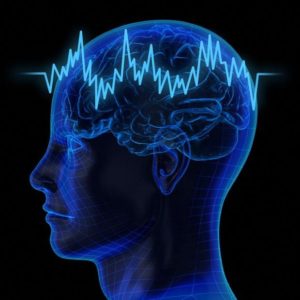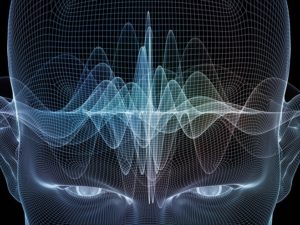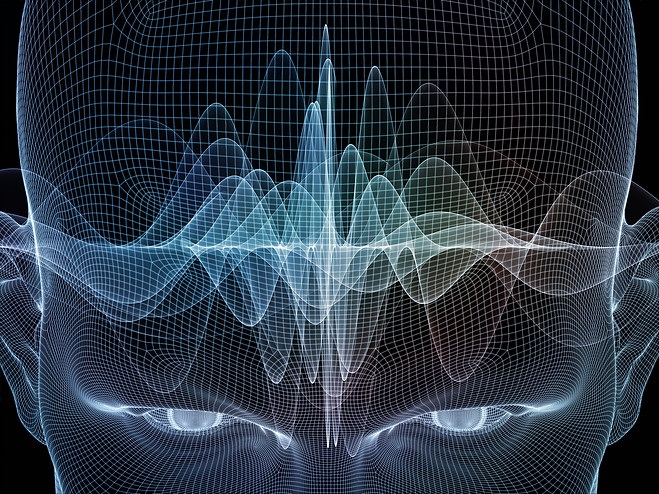 All the ancestral cultures of the world have a close relationship with nature and the divine, the connection with our interior roots us with that ancestral wisdom, managing to feed our vitality, helping us to reconnect with our conscience and the entire universe.
All the ancestral cultures of the world have a close relationship with nature and the divine, the connection with our interior roots us with that ancestral wisdom, managing to feed our vitality, helping us to reconnect with our conscience and the entire universe.
The vibration, sound, and resonance of the human body with Tibetan Bowls of the Bön Po tradition of Tibet, is a clear example of this through their spiritual achievements.
Meditation, vibration and sound influences matter and the healing process in various ways:
Harmonize cellular function through energy effects; it makes biological systems work with more homeostasis; calms the mind and with it, the body, has emotional effects that influence neurotransmitters and neuropeptides, which in turn help regulate the immune system.
“The emotional bond that music creates is a means of communication as universal as language.”
For example: In the fifth month of gestation, the auditory system is already practically formed.
We learn to listen before seeing, smelling and touching for the first time when we are still in the womb receiving internal and external stimuli through the sounds that reach the placenta.
At birth, we identify the voice of our mother, one of the first “sacred” sounds that can provide us with tranquility, serenity, and balance through whispers and/or songs.
Voice and singing are also music, a piece of totally personalized and unique music.
The voice is our natural personal instrument, the oldest that exists and possibly the first that man used. There are hardly two similar voices, perhaps with the same probability that two people have the same fingerprints or the same iris typology.
What things do music and language have in common?
There is a direct relationship between music and language.
The results of recent research tell us that they are the same brain structures that are activated with music and language.
Darwin helped us in the role of music by contributing: “Music seems to be an intermediate part before language and thought.”
Music favors on a cognitive level.
Helps brain activation when interpreting an instrument focusing on attention.
The cerebral cortex contains many maps known as “tonotopic” that refer to a great diversity of auditory frequencies.

wave elements to serve as a supporting backdrop for projects on mind reason thought mental powers and mystic consciousness
Each map represents something similar to an old radio frequency, with low frequencies at one end and high frequencies at the other. These maps are composed in the cortex as if they were pieces of a puzzle at the top of the temporal lobes of the brain.
When listening to the melodies at different frequencies, the parts of the “tuned” maps at those frequencies are activated. But not only when listening to music those areas are activated; just paying attention to what they wanted to hear, the areas related to these tonotopic maps lit up in the volunteers’ scanner, as well as another pile of neurons in the part of the cortex where the music information is processed.
The results have been published in the Journal of Neuroscience.
Another great example:
The heart is a fundamental muscle that pumps blood so that the brain works and oxygenates the brain; the result is a rhythmic relationship of the mind through the brain waves with the synchrony of the heartbeat of the human body.
The Bön Po of Tibet.
 Traditional and traditional Tibetan bowls that the school implements in meditations, private sessions, seminars and experiential experiences such as Learning to Feel, they are handcrafted with a precise alloy of seven metals: gold, silver, mercury, copper, iron, tin, and lead; each metal is related to a celestial body, and each Tibetan bowl has a particular sound.
Traditional and traditional Tibetan bowls that the school implements in meditations, private sessions, seminars and experiential experiences such as Learning to Feel, they are handcrafted with a precise alloy of seven metals: gold, silver, mercury, copper, iron, tin, and lead; each metal is related to a celestial body, and each Tibetan bowl has a particular sound.
The Vibrational Massage (MV) of the Tibetan bowls helps to activate the centers of memory, hippocampus, tonsil, cerebral cortex, and listening to more auditory centers and frontal cortex, producing a strong emotional activation.
This may vary depending on the difference between people with or without musical training.
Results
Patients with no musical training: They tend more to emotional interpretation.
With training in musical theory: Analyze, no more emotional incitement / more rational experience arises.
“The Art of Healing through Sound”
Andrés Pérez Dorantes – Spiritual Name: Dashi Gautama Instructed in: Engineering in audio systems and professional lighting. Ing. Javier Posada M. (Acoustic and Electronic Audio – Mexico) Certification: CDMX 2014 Ing. Fernando Guzman SSL (Solid State Logic Sound – Vision) Certification: CDMX 2015 Artistic activity: Professional DJ, creative, and musical producer. Music grammar training Prof. Claudio Selleng – Traditional Massages Palma de Mallorca. Tibetan bowls of the Bön Po tradition of Tibet. “The Art of Healing through Sound” Jim Doney – Pythagorean Harp (Kanon) Resonance of the Resonance (M.F.A.) California Institude of the Arts. Henrik Jespersen – Zen Flute – Arhus Royal Academy of Music (Copenhagen – Denmark)
